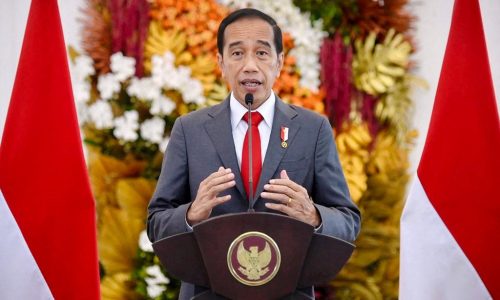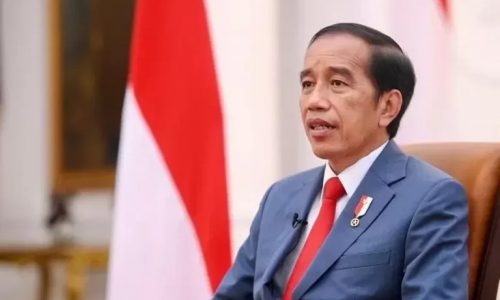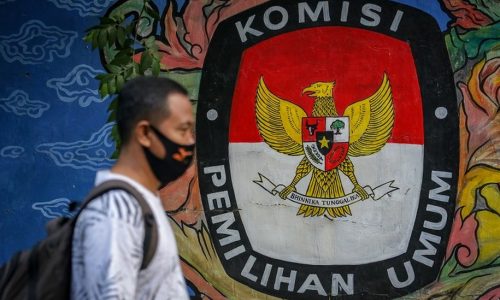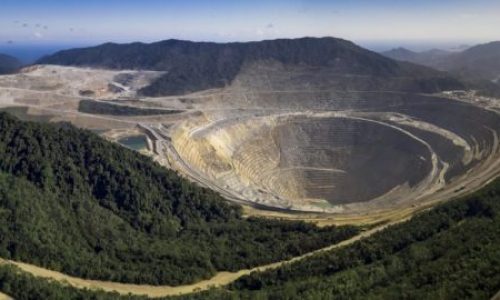The Ministry of Energy and Mineral Resources (ESDM) recently revealed that there are smelting facilities in Indonesia that are importing nickel ore from foreign countries. This seems unusual considering that Indonesia is the world’s largest nickel producer.
Acting Director General of Minerals and Coal at the Ministry of ESDM, Muhammad Wafid, stated that these smelting companies are importing nickel ore from the Philippines. These companies claimed that they are forced to import nickel ore due to a lack of domestic raw material supply.
“There are reports of nickel being imported from the Philippines because the smelters are short of materials,” Wafid said on Thursday, August 31, 2023.
However, Wafid assured that based on the calculations from all the Financial Plans and Budgets (RKAB), the supply of nickel ore for domestic smelting should be sufficient.
“I have calculated all the approved RKAB, and the quantity of nickel input required should still be adequate. There is no shortage around North Sulawesi, so importing may be due to other reasons,” Wafid added
Meanwhile, the Minister of Investment and Head of the Investment Coordinating Board (BKPM), Bahlil Lahadalia, is not entirely convinced that the import of nickel ore is due to a shortage of domestic supply. He believes that Indonesia still has an abundant supply of nickel ore.
Nickel ore import was absent in previous years
Based on data from the Central Statistics Agency (BPS), Indonesia imported nickel ore and concentrate with HS Code 26040000 from the Philippines, totaling 38,850,000 kilograms in May 2023.
Looking back at previous years, there was no nickel ore import from the Philippines in 2022, as well as in 2021 and 2020.
However, in 2019, there were recorded imports from the Philippines, with 56,663,000 kg in June, 55,530,000 kg in August via Kolonodale, and 57,000,000 kg in July via Poso.
In 2023, besides the Philippines, nickel ore and concentrate were also imported from Australia, Brazil, China, and Singapore.
Although the quantities were not in the tens of millions of kilograms like those from the Philippines, they ranged from single digits to thousands of kilograms through Soekarno-Hatta airport, Pulau Obi, and Tanjung Priok port.









